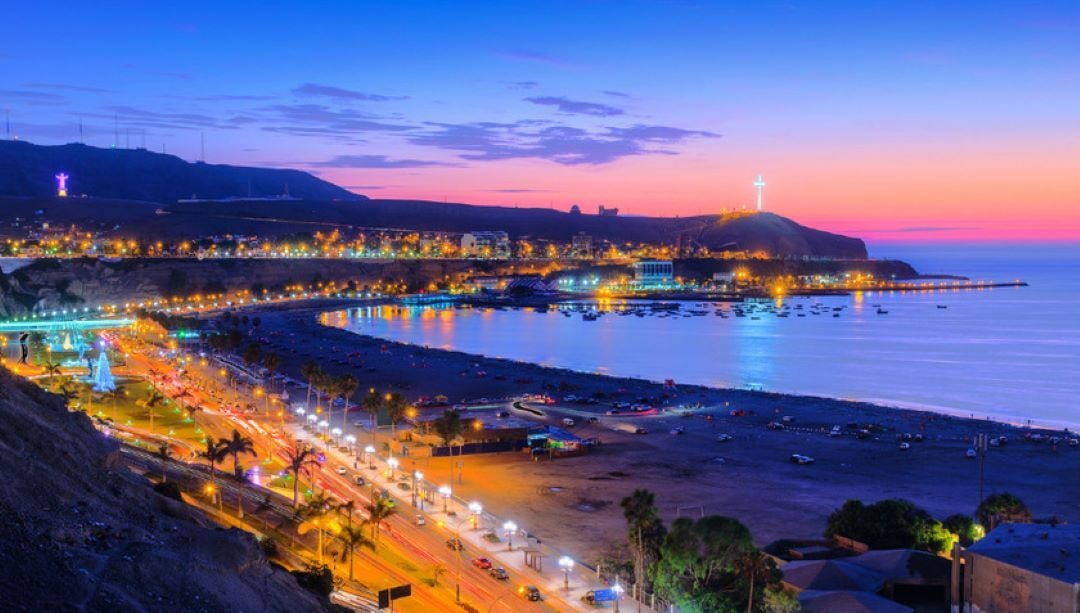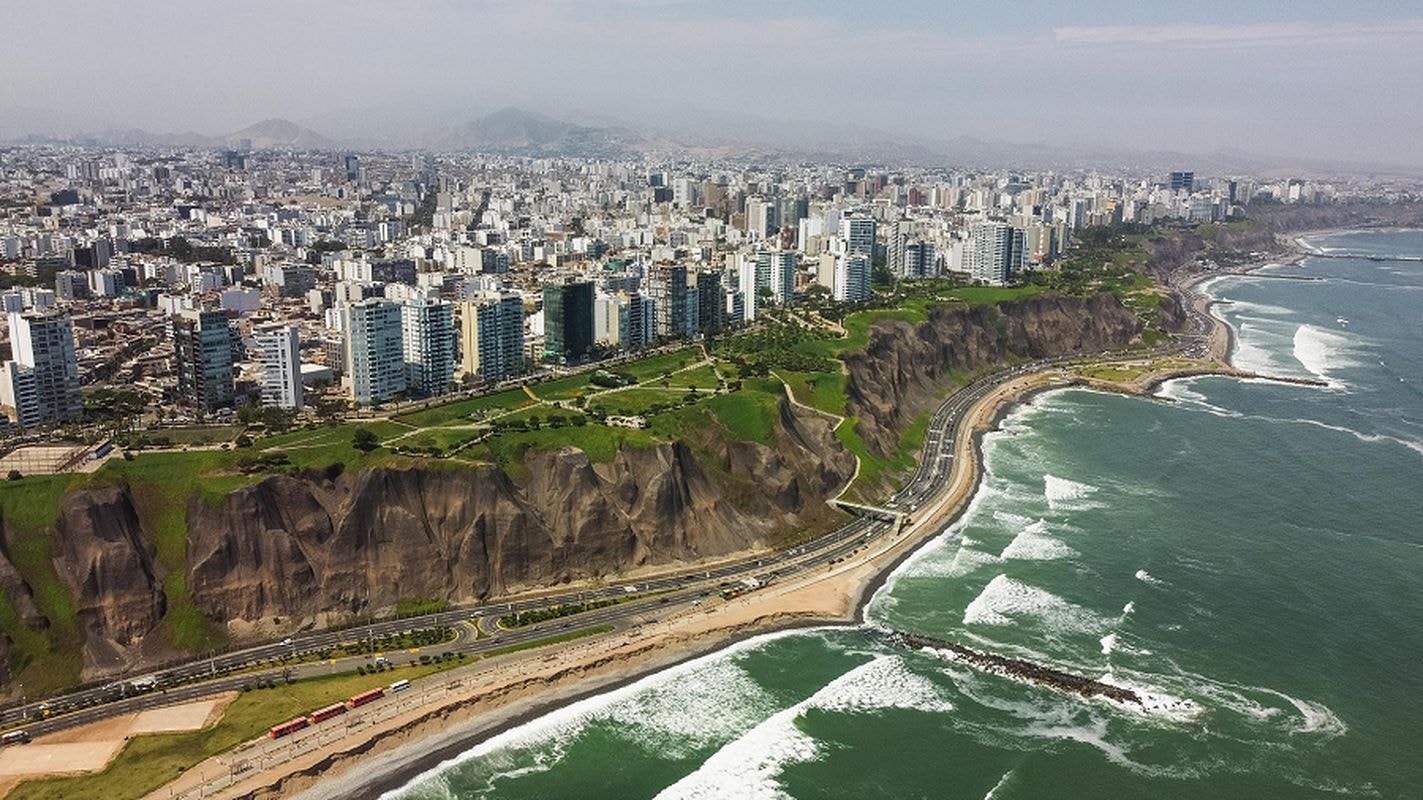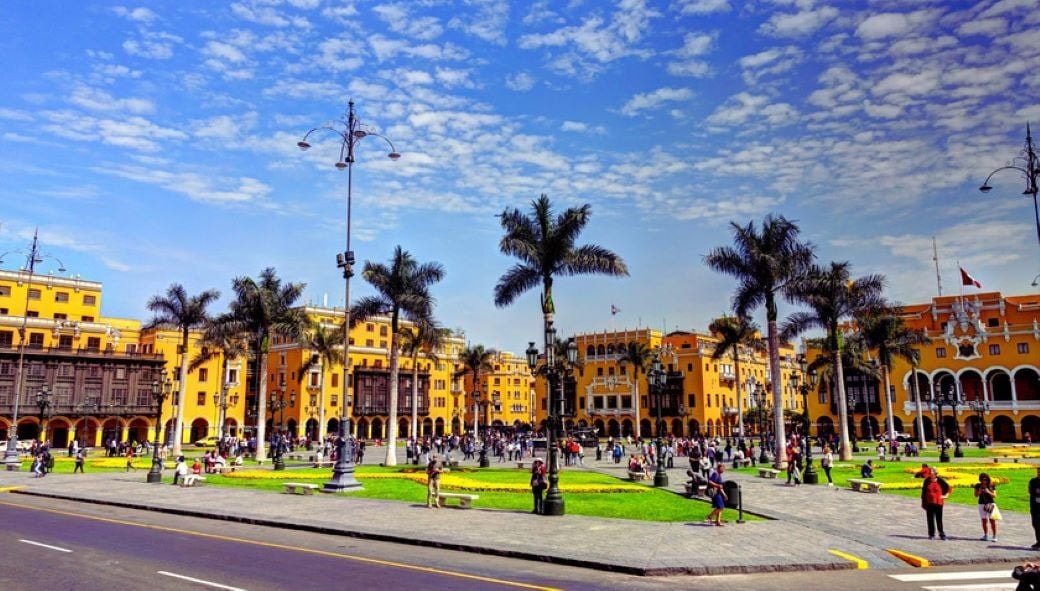People living in this city hardly use umbrellas, some have never seen rain in their entire lives.

Lima, the capital of Peru, is famous not only for its massive Spanish cultural heritage but also for a unique climatic phenomenon: it has hardly ever rained for 600 years.
Located on the Pacific coast, surrounded by the majestic Andes Mountains, Lima has a special geographical location that has created a completely different climate ecosystem. With an area of over 800 km² and a large population, this city still retains an unusually peaceful character, in stark contrast to the hustle and bustle of other large cities.
According to meteorologists, this unique climate phenomenon is the result of a combination of factors. The unique geographical location, combined with the cold Peruvian Current and the Andes Mountains, creates a stable layer of air that prevents the formation of rain clouds. This makes Lima's average annual rainfall only a fraction of that of the Sahara Desert - one of the driest places in the world.

Indeed, when visiting Lima, you will hardly see umbrellas, raincoats or modern drainage systems on the streets. The houses here are also simply designed, without elaborate roofs. Many locals have lived their entire lives without ever witnessing rain.
Surprisingly, however, even without rain, Lima does not lack water. The city's main source of water comes from the Aprikh River, which is fed by the melting glaciers of the Andes. In addition, the rich underground water system also contributes to ensuring a source of water for daily life for the people.

With its unique and fascinating features, Lima has become an attractive destination for tourists all over the world. Tourists come here not only to explore the cultural and historical heritage but also to experience a completely different life, where rain is a rare and precious phenomenon.
HQ (according to VTC News)